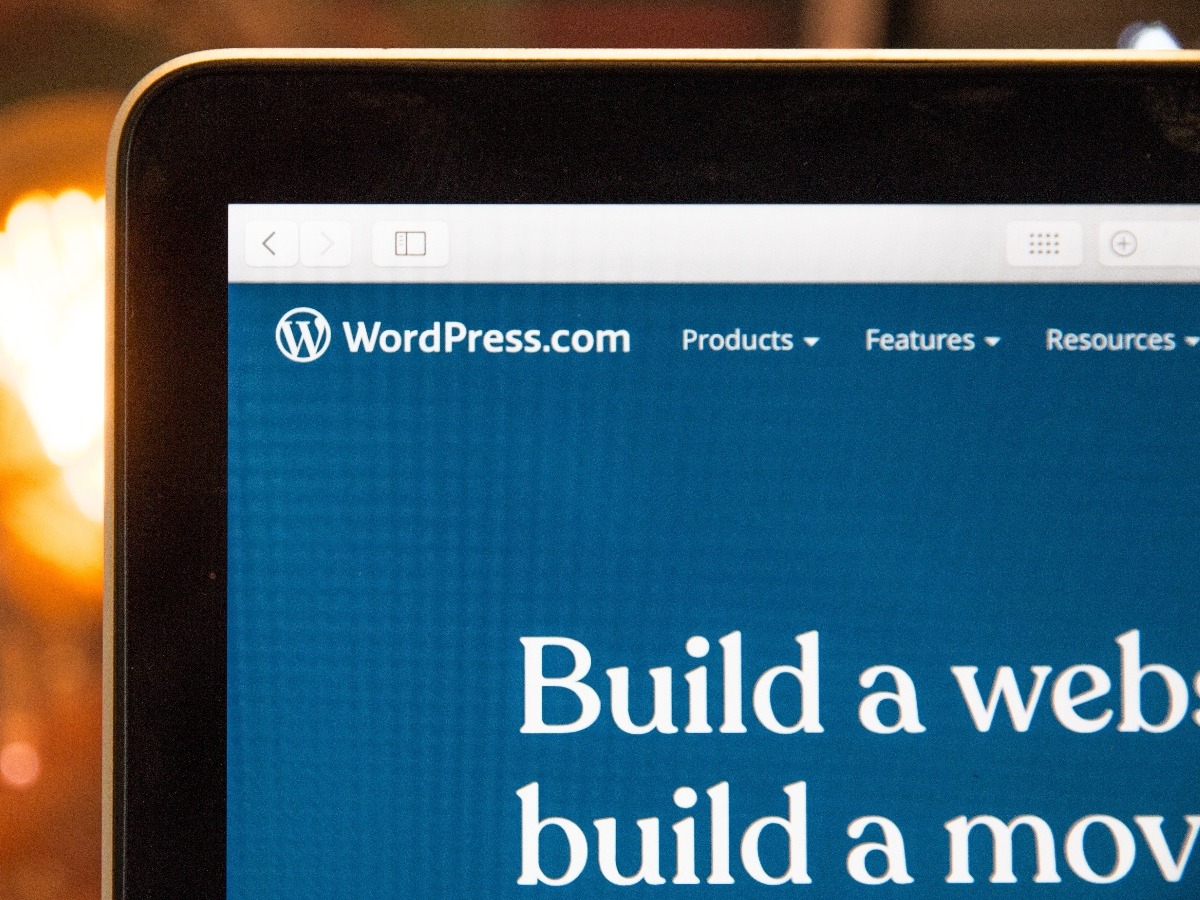4 Marketing Tips for your Solar Dealership
Marketing your solar dealership can be a headache, especially if you have a small back-office team. There are so many marketing activities you can...
5 min read
![]() Mayank Johri
:
Nov 30, 2020 1:20:34 PM
Mayank Johri
:
Nov 30, 2020 1:20:34 PM

If Google Ads isn’t working for you, then it might seem like it’s the perfect place to literally throw your money away. Whilst most solar dealers understand the importance of being visible to customers searching online, they don’t always give their accounts the attention they need to perform. The goal is to produce the best revenue results. The pressure is finding the right person to deliver these goals.
If your solar business is currently feeling this pressure, then it’s probably time to streamline your Google Ads management to ensure your campaigns perform well for your business.
Solar dealers in this instance have two options; train up an internal resource or outsource the task to an agency dedicated to optimising budgets, goals and ROI. It might even be a combination of the two - but whichever option you choose, it should all be based on avoiding wasted ad spend and getting the best results.
When you’re a local solar dealer with restricted locations to target, it is very important that you maintain your impression share for all the related searches that are taking place within your targeted locations. With SKAG structure in place, you can actually take better control of it because of the following reasons:
Last but not least, it will eliminate the need of creating DKI ad as you can easily use the targeted keyword as headline 1.
It has been proven and supported by Google itself that there should be 3 expanded text ads (at least 2) and 1 responsive search ad per ad group to allow A/B testing. So if your ad groups have fewer ads than this number or they are missing a responsive search ad, it’s probably time to raise a red flag to review this.

If you’re a local solar dealer dealing with multiple cities, always create separate campaigns for different locations. So that you can easily monetise the performance at city level and manage the budget accordingly.
There is a misconception that if you add an audience list to your search campaign it will start behaving like a ‘search with display select’ campaign. And hence most of the agencies do not add audience lists to the search campaigns.
My recommendation here is to add an audience list but add it in ‘observation mode’ and not the ‘targeting’ mode. The only difference is that ‘targeting’ mode is going to narrow your reach by only showing ads to the common audience (Audience Lists + Keywords Targeted). On the contrary, ‘observation’ mode expands your reach and also allows you to monetise how your ads perform on the selected audience.
This tip is very useful where customer nurturing is required. The conversion journey is a bit longer in such cases. Perfect examples are solar advertisers. Some good examples of Audience Lists that solar advertisers can target are:

If you’re a local solar dealer, Desktops & Mobile Phones would be your preferred devices, we find that tablets don’t perform as well. So, adjust your device bids accordingly.
This is a basic feature that many solar dealers neglect. When conducting Google Ads audits, I usually find very few solar advertisers are using Ad Extensions. My recommendation is not just for solar advertisers but for all businesses investing in Google Ads. Use minimum 4 types of ad extensions. Below are some of the ad extensions that I find perform the best:
I cannot stress this enough -- do not blindly follow what Google recommends! Google’s basic approach would be to increase your spend, no matter what your KPIs are. Hence their recommendations are not advisable in every instance. Review the recommendation, think before accepting the recommendation and ensure your choice to accept has the ultimate goal of your campaign in mind.

Out of all the types of display campaigns that exist, Remarketing campaign is one of the most important. One should never take it for granted. The best part about this type of campaign is that it is equally important for any kind of business, be it lead generation, eCommerce, B2C, B2B.
Below are some of my favourite remarketing lists that I usually build and recommend to build:
Last but not least, in fact the most important aspect. If your website possesses conversion leakage then you might be making incorrect optimisation decisions for your ad campaigns. It is very important that you take care of any form of conversion leakage on your website like absence of call tracking, button event tracking on buttons delivering “contact us” information like email, phone number, newsletter subscribers etc.
An example of how important conversion tracking is
You might reduce the bids or pause some keywords because you think that it is not bringing conversions. However, the reality is that due to conversion leakage and improper conversion tracking you couldn’t see the worth of that keyword. You will most probably miss out on a potential opportunity.
Google Ads is a powerful tool that can help grow your solar business. And it takes time.
If you are investing time and money into Google Ads are not seeing great results then we can help. We work with solar dealers around Australia, we understand the solar space and have years of data on what works and what doesn’t.
Contact us for a Google Ads Audit. We will do a complete review of your Google Ads account to highlight issues, recommend fixes and improve your campaigns. We recommend a Google Ads audit if you:

We recommend the Google Ads Audit if you:

Marketing your solar dealership can be a headache, especially if you have a small back-office team. There are so many marketing activities you can...

If you're a solar panel installer who wants more customers, you have many different options to promote your business. You could advertise with social...

We choose to use WordPress as our web development platform for most of our clients and recommend it to our solar dealers.